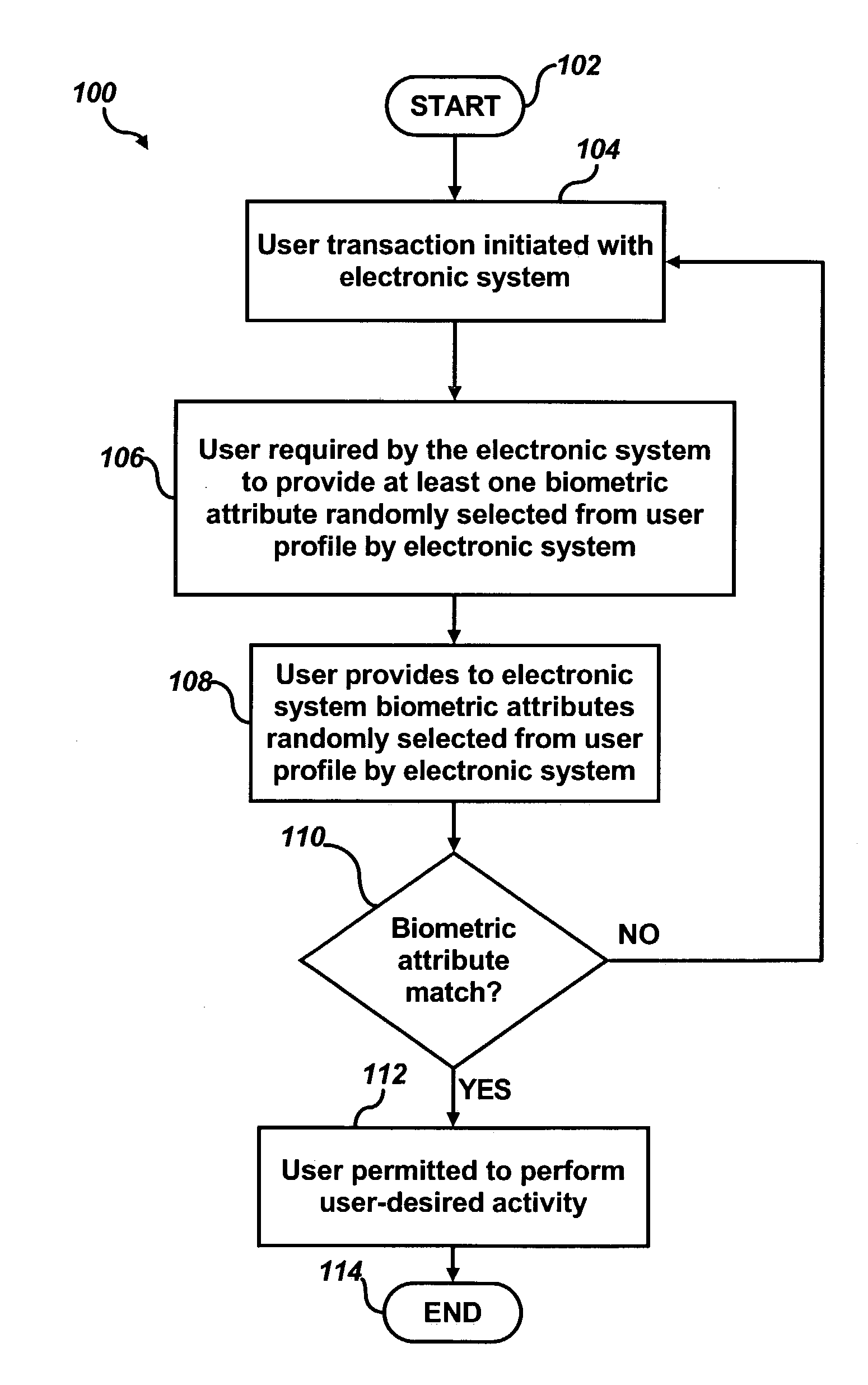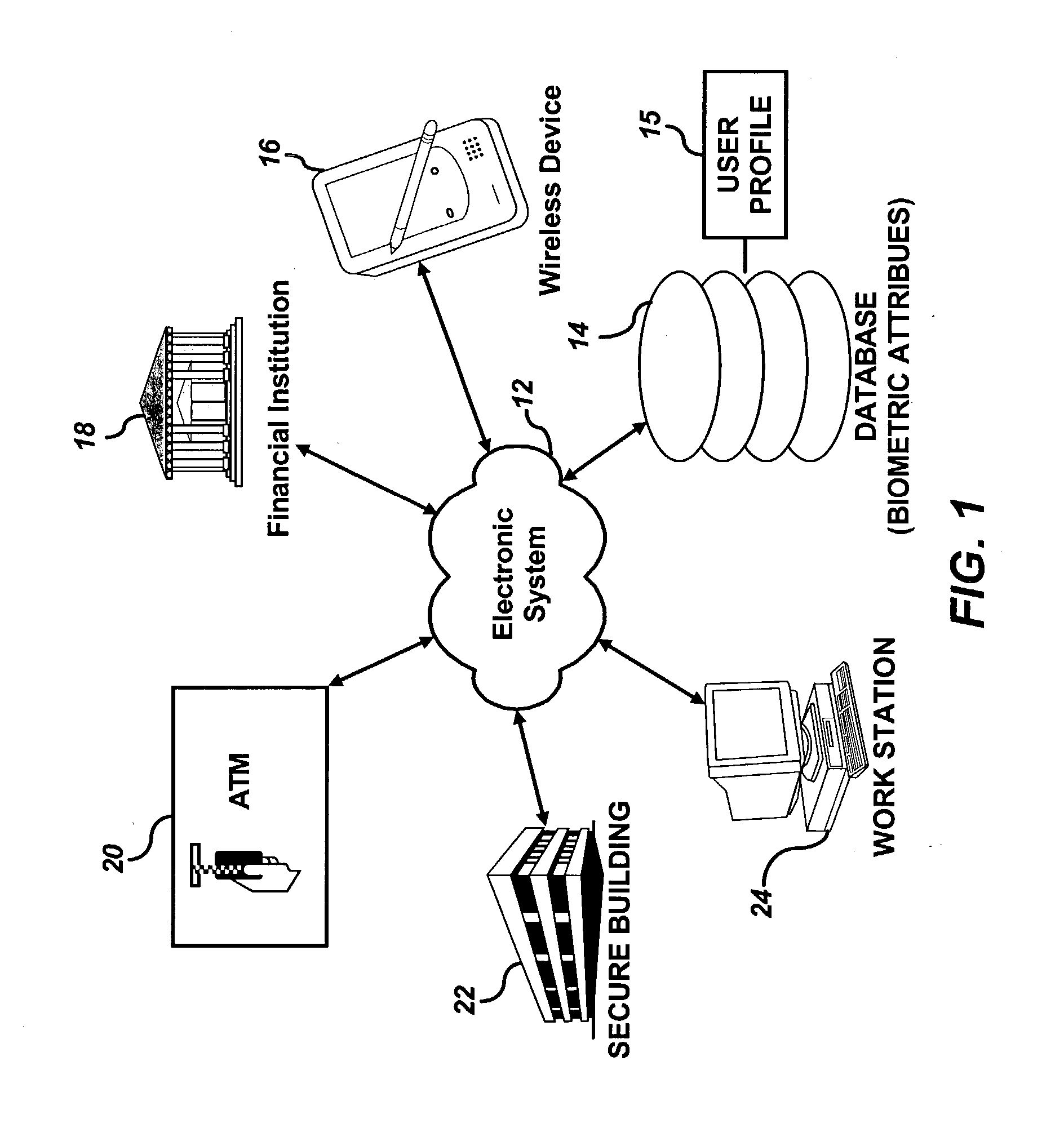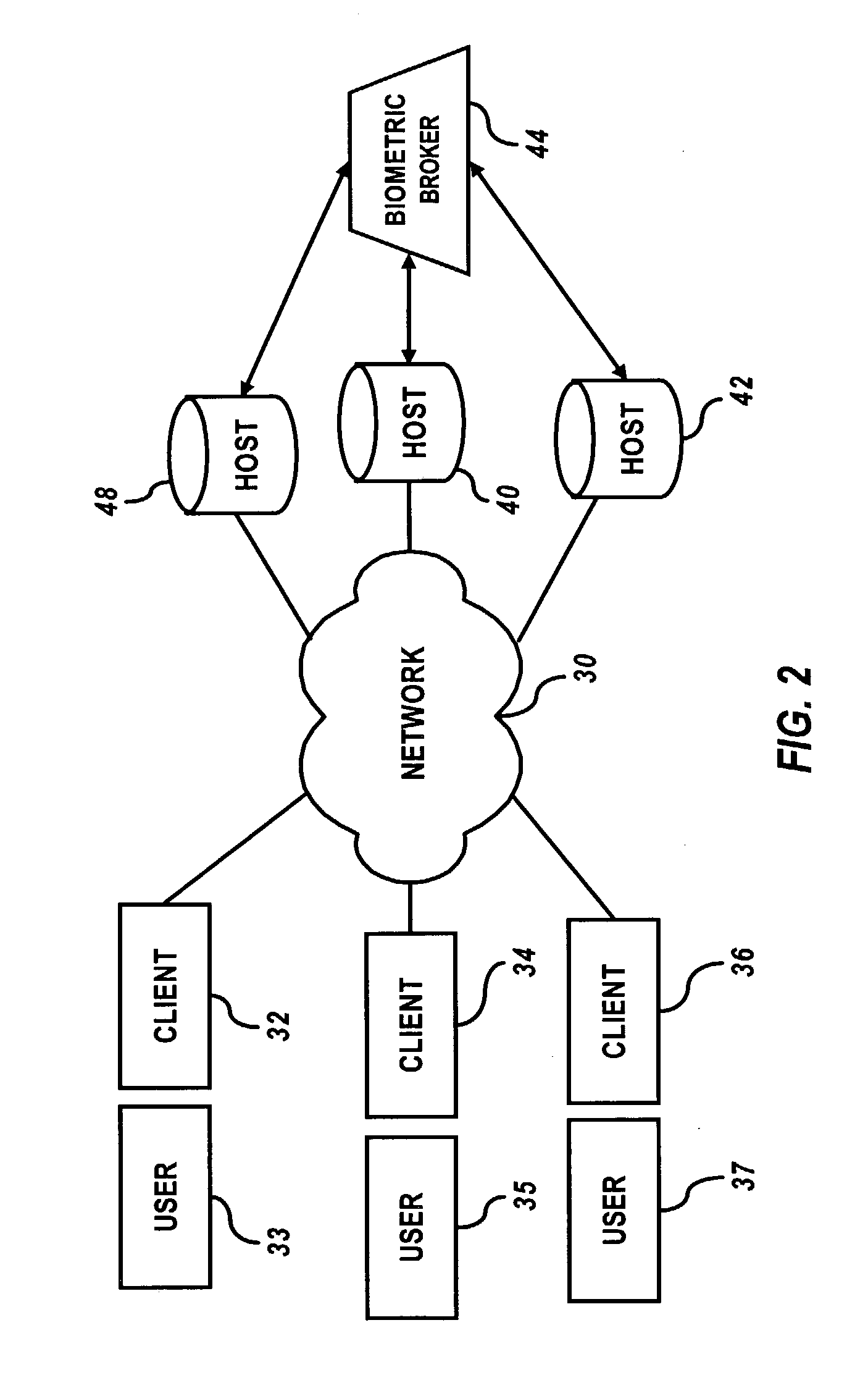Random biometric authentication apparatus
a biometric authentication and random technology, applied in the field of random biometric authentication apparatus, can solve the problems of insecure access control system, pre-set codes are often forgotten, and electronic and mechanical system security has rapidly become an important issu
- Summary
- Abstract
- Description
- Claims
- Application Information
AI Technical Summary
Problems solved by technology
Method used
Image
Examples
Embodiment Construction
[0035] The following description is presented to enable a person skilled in the art to make and use the invention, and is provided in the context of particular applications and its requirements. Various modifications to the disclosed embodiments will be readily apparent to those skilled in the art after full appreciation of the following disclosure, and it should be appreciated that the general principles described herein can be applied to other related devices, systems, methods and applications without departing from the spirit and scope of the present invention.
[0036] Thus, the present invention is not intended to be limited to the embodiments shown, but is to be accorded the widest scope consistent with principles and features disclosed herein. Although preferred embodiments of the present invention are described herein, those skilled in the art can appreciate that a number of varying embodiments may be implemented in accordance with the present invention.
[0037] FIG. 1 depicts a ...
PUM
 Login to View More
Login to View More Abstract
Description
Claims
Application Information
 Login to View More
Login to View More - R&D
- Intellectual Property
- Life Sciences
- Materials
- Tech Scout
- Unparalleled Data Quality
- Higher Quality Content
- 60% Fewer Hallucinations
Browse by: Latest US Patents, China's latest patents, Technical Efficacy Thesaurus, Application Domain, Technology Topic, Popular Technical Reports.
© 2025 PatSnap. All rights reserved.Legal|Privacy policy|Modern Slavery Act Transparency Statement|Sitemap|About US| Contact US: help@patsnap.com



